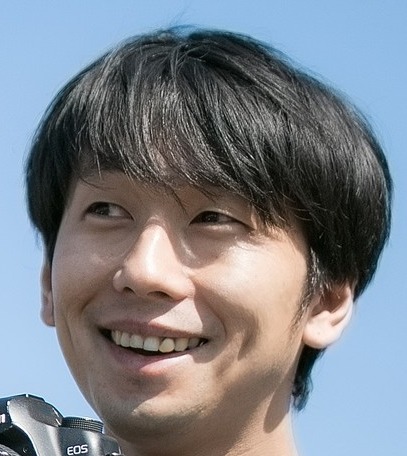Difference Between TALK, SPEAK, SAY in Japanese
What is the difference between “talk”, “speak” and “say” in Japanese? I’d say you might have been getting confused in using “話す(hanasu)”, “喋る(shaberu)” and “言う(iu)”. And the way to use them might have been complicated. Let me introduce how you correctly use “話す”, “喋る” and “言う” today!
話す (hanasu)
Talk
“話す(hanasu)” means “Talk” and when using “話す”, someone needs a person who is listening to what he/she is talking about and a person is also talking to him/her with each other. The tip for using it is that when using “話す” is necessary “A PERSON someone is talking to”. That is the most difference between them.
\ Learn Japanese language online with a personal native teacher!/
Sample
昨日、親友と電話で話したよ。 (I talked with my best friend on the phone yesterday.) (昨天我和好朋友通了电话。) (어제, 친구랑 전화했어.) (Hôm qua tớ đã gọi điện với bạn thân đấy.) (kinō, shin’yū to denwa de hanashita yo.)


今彼女と話してるから、後でいい? (I’m talking with my girlfriend so can it wait?)(我现在在和她说话,等会儿好吗?) (지금 여자친구랑 얘기 중이니까, 나중에 하면 안 될까?) (Tớ đang nói chuyện với bạn gái, để lát được không?) (ima kanojo to hanashiteru kara, ato de ī?)


オリンピックについて話そうよ! (Let’s talk about Olympics.)(我们来谈谈奥运会吧!) (올림픽에 대해 말해 보자!) (Mình nói chuyện về Thế vận hội đi!) (orinpikku ni tsuite hanasou yo!)
喋る (shaberu)
Speak
“喋る(shaberu)” means “Speak” and “喋る” is often used as something one-side situations which are speeches, languages, etc. A person who is listening to what he/she is speaking however who isn’t talking to him/her with each other, unlike “話す”, just listening to. The tip for using it is “although there is a person, it is one-side situation” which means the others listening to what someone is speaking.
Sample


もう少しゆっくり喋れますか? (Could you speak more slowly?) (你能说慢点儿吗?) (조금 더 천천히 말해 줄 수 있어요?) (Bạn có thể nói chậm hơn một chút được không?) (mōsukoshi yukkuri shabere masuka?)


弟は4ヶ国語を喋れるよ。 (My younger brother can speak four languages.) (我弟弟会说四国语言呢。) (동생은 4개 국어를 말할 수 있어.) (Em trai tớ có thể nói được 4 thứ tiếng đó.) (otōto wa yon ka goku go wo shabereru yo.)


教頭先生は地球温暖化について喋りました。 (A vice‐principal spoke about global warming.) (教导主任说了有关全球暖化的事。) (교감 선생님은 지구 온난화에 대해 얘기하셨어요.) (Thầy hiệu trưởng đã nói về sự nóng lên toàn cầu.) (kyōtō sensei wa chikyū ondanka ni tsuite shaberi mashita.)
言う (iu)
Say
“言う(iu)” means “Say” which isn’t necessarily a person unlike “話す” and “喋る”. Someone is just saying something. The tip for using “言う” is to pay attention to “what someone said”.
Sample


えっ?何て(言ったの)? (What? What did you say?) (啊?什么?) (뭐? 뭐라고?) (Hả? Nói cái gì cơ?) (e? nanite (itta no)?)


今日さぁ、好きな子が俺に「おはよう」って、言ったんだ。 (Today, the girl who I have a crush on said ”Good morning” to me.) (今天呢,我喜欢的人对我说“早上好”。) (오늘 있잖아, 좋아하는 아이가 ‘안녕’ 하고 인사해 줬어.) (Hôm nay ấy, cái bạn mà tớ thích đã nói ”Chào buổi sáng” với tớ.) (kyō sa, sukina ko ga ore ni `ohayō’ tte, itta nda.)


店員は何も言わなかったよ。 (The clerk didn’t say anything to me.) (店员什么都没说。) (점원은 아무 말도 안 했어.) (Nhân viên quán đâu có nói gì đâu.) (ten’in wa nani mo iwa nakatta yo.)
\ Learn more! /









Comments